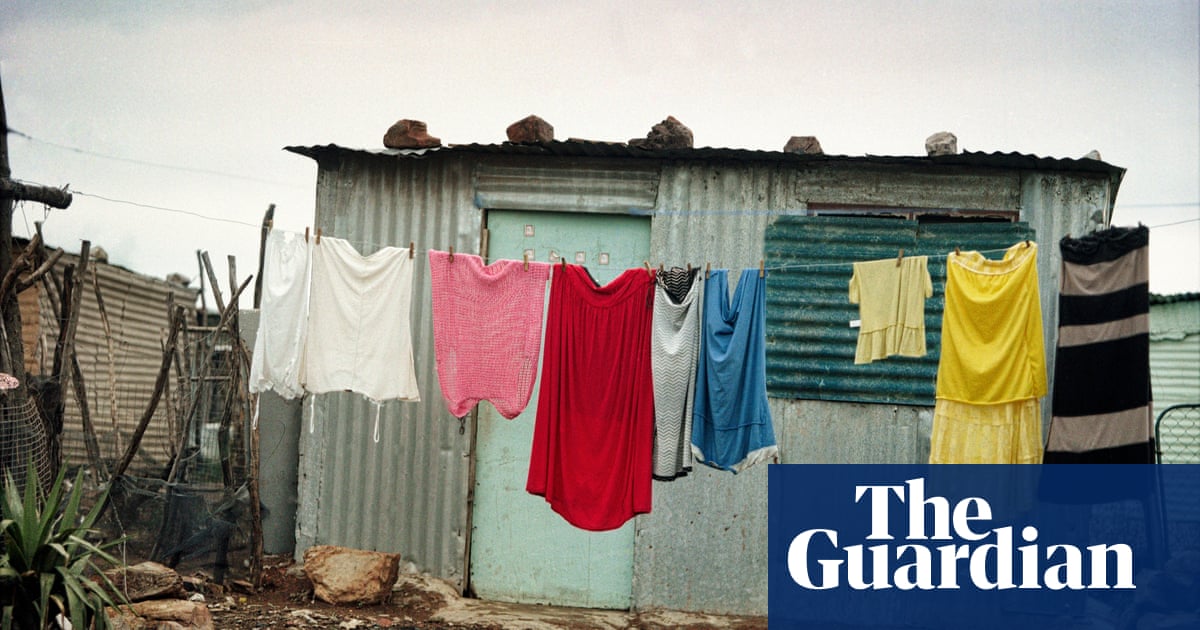Dominik Moll’s Dossier 137 is a serious, focused, if slightly programmatic movie about police brutality in France; there are docu-dramatic storytelling reflexes and a determined procedural tread. The movie takes its cue from the horrifying real-life cases of gilets-jaunes protesters in France’s 2019 demonstrations who suffered near fatal injuries due to the police’s trigger-happy use of the LBD gun: the lanceur de balle de défense or “flash ball” gun which (deafeningly) fires vicious rubber bullets.
Stéphanie, played by Léa Drucker, is a conscientious police officer in the IGPN, the Inspection Générale de la Police Nationale, effectively the Internal Affairs bureau, investigating horrific head injuries suffered by a teen protester, which could only be caused by the cops’ flash-ball weapons. She is divorced from a cop, Jérémy (Stanislas Merhar) who along with his new girlfriend – also in the police – is gloweringly resentful of what he sees as her bureau’s disloyal undermining of the police, and the way she is questioning the corners they (supposedly) have to cut to keep France safe, especially after the Bataclan attacks.
Stéphanie’s life becomes even more complicated when she realises that the injured boy is from her provincial homevtown, Saint-Dizier – exactly the kind of place where people feel left behind by the Macron elite – and when she goes back there to visit her mum, she is in danger of running into the boy’s own stricken mother (Sandra Colombo). The secret connection energises Stéphanie, she gets tougher and more persistent in her quest to find the guilty cop and put him away – but the awful truth is that now she is cutting her own corners and might get investigated herself.
The film is on its most solid ground when it painstakingly – almost in the narrative equivalent of real time – takes us through the process of locating the cop culprits by finding CCTV footage from the site of the attack on the teenagers and then agonisingly slowly finding other videos from cameras nearby, tracking the culprits’ route until the offending officers can be identified. This succession of coolly forensic images are juxtaposed with the kind of real smartphone demo footage that is now commonplace and which gets errant police officers prosecuted.
Stéphanie and her colleagues are convinced that cameras like this might be found in a luxury hotel whose rear entrance faces the crime scene – and this is to bring her into contact with a possible eyewitness: a hotel room cleaner, Alicia, played by Guslagie Malaga (best known for Alice Diop’s courtroom drama Saint Omer). Moll gives Stéphanie a rather stagey and melodramatic one-on-one scene with Alicia as she begs her to help, but Alicia says that putting her head over the parapet to criticise the cops will only get her into trouble – and if the injured teen wasn’t white, Stéphanie and her colleagues wouldn’t care anyway. It’s a bit overwrought and redundant, especially as Alicia’s evidence is in fact a smartphone video that can be simply made available to the police without Alicia needing to go on the record at all.
In the end, the issue of Stéphanie’s tribal conflicts of loyalty – between Paris and small town, between the cops and their liberal critics – doesn’t lead anywhere very challenging, and this film is nowhere near as complex as, say, Moll’s award-winning psychological drama Harry, He’s Here to Help from 2000, a big Cannes success in its day, but it’s high-minded, valuable work.

 4 hours ago
6
4 hours ago
6

















































